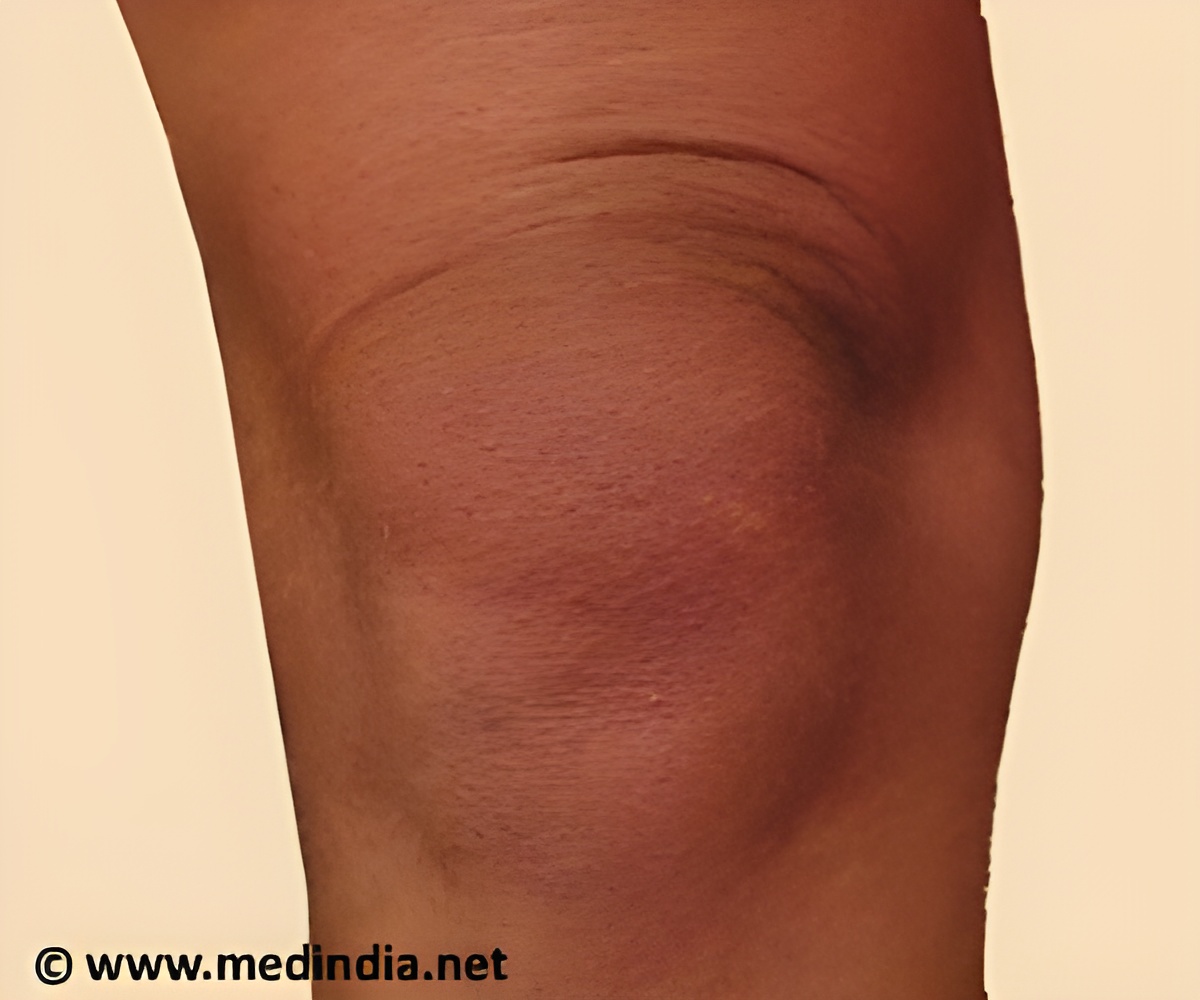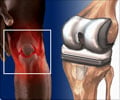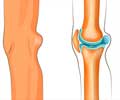Total knee arthroplasty (TKA; knee replacement) surgeries have increased among Medicare enrollees as well as rise in per capita utilization, reports study published in JAMA.

Peter Cram, M.D., M.B.A., of the University of Iowa Carver College of Medicine, Iowa City, Iowa, and colleagues conducted a study to evaluate trends in primary and revision TKA volume, per capita utilization, and outcomes in the U.S. Medicare population for the time period between 1991 and 2010. The analysis included 3,271,851 patients (age 65 years or older) who underwent primary TKA and 318,563 who underwent revision TKA identified in Medicare Part A data files.
The researchers found that the number of primary TKA procedures increased from 93,230 in 1991 to 243,802 in 2010 (an increase of 161.5 percent), while per capita utilization increased 99.2% (from 31.2 procedures per 10,000 Medicare enrollees in 1991 to 62.1 procedures per10,000 in 2010). The number of revision TKA procedures increased from 9,650 in 1991 to 19,871 in 2010 (an increase of 105.9 percent), and per capita utilization increased 59.4 percent (from 3.2 procedures per 10,000 Medicare enrollees in 1991 to 5.1 procedures per 10,000 in 2010). Also during this time period, the prevalence of obesity among patients undergoing primary TKA increased from 4.0 percent to 11.5 percent. The average hospital length of stay (LOS) for primary TKA declined from 7.9 days in 1991-1994 to 3.5 days in 2007-2010, a relative decline of 55.7 percent. All-cause 30-day readmission rates increased from 4.2 percent in 1991-1994 to 5.0 percent in 2007-2010.
"Trends in discharge disposition after revision TKA demonstrated a similar pattern to that which was observed for primary TKA, a decline in discharges to home or inpatient rehabilitation and an increase in discharge to skilled care and outpatient rehabilitation," the authors write.
The researchers add that for revision TKA, a decrease in hospital LOS was accompanied by an increase in all-cause 30-day readmission from 6.1 percent to 8.9 percent and an increase in readmission for wound infection from 1.4 percent to 3.0 percent.
"These figures suggest that growth in primary and revision TKA volume is being driven by both an increase in the number of Medicare enrollees and an increase in per capita arthroplasty utilization," the authors write. "This growth is likely driven by a combination of factors including an expansion in the types of patients considered likely to benefit from TKA, an aging population, and an increasing prevalence of certain conditions that predispose patients to osteoarthritis, most notably obesity."
Advertisement
Source-Eurekalert










